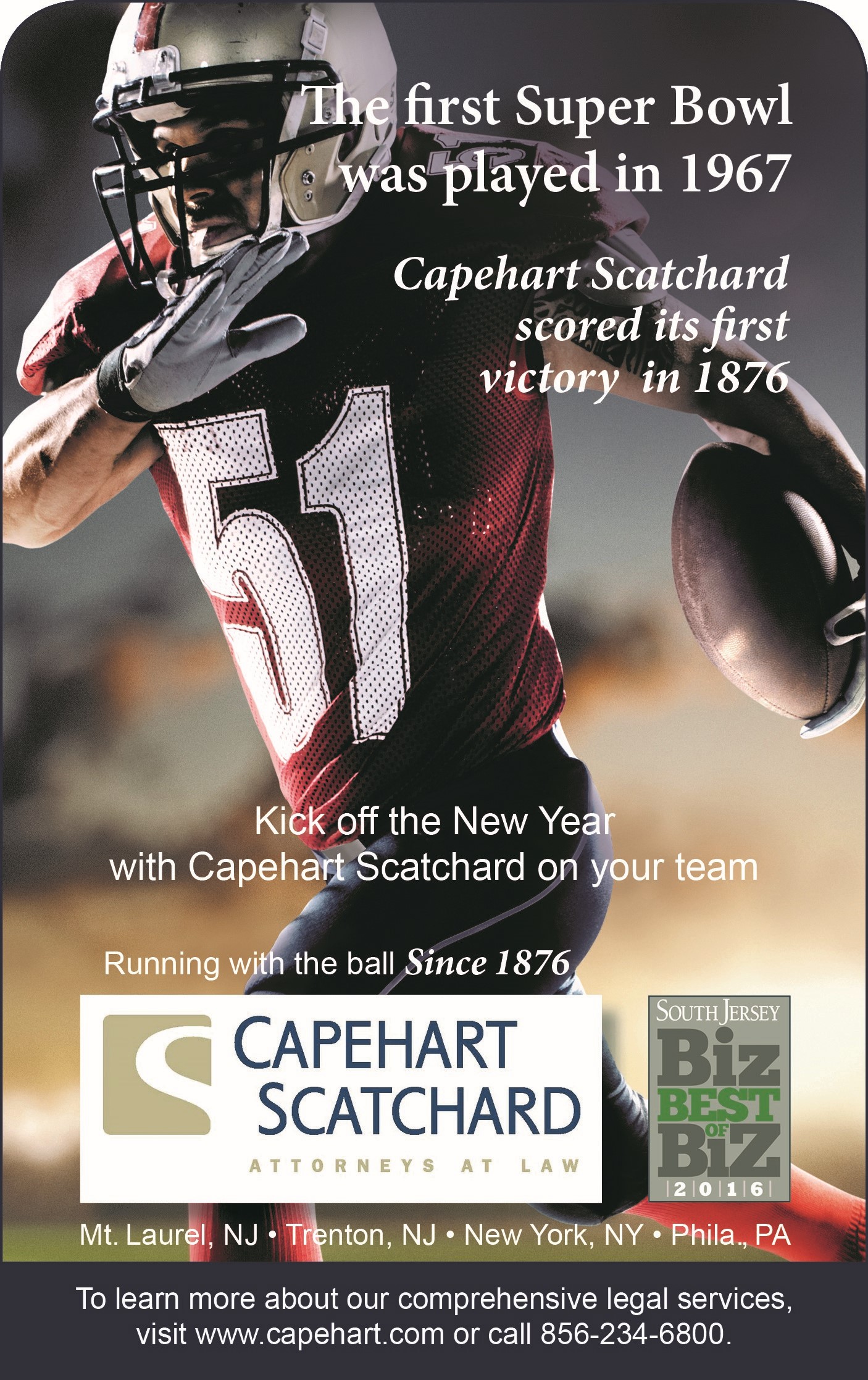Appellate Court Dismisses Occupational Claim As Not Timely Filed
Is there a statute of limitations in an occupational disease claim? While some practitioners believe only traumatic claims have a statute of limitations, the case law is clear that there is a statute of limitations in occupational disease claims as outlined in Earl v. Johnson & Johnson, 158 N.J. 155 (1991). Occupational disease claims can be defeated if not filed timely. The recent case of Lattoz v. New Jersey Turnpike Authority, A-4335-11T2 (App.Div. June 5, 2013) underscores this point.
John Lattoz began working with the Authority in 1992 as a landscaper and later as a toll technician. Around 2000 he began to have serious problems with his knees. He had problems walking and standing. He found that his knee pain increased during the four years as a toll technician.
Q. So you knew you had pain in your knee in 2000; is that correct?
A. Yes.
Q. Did you think it was as a result of your work-related activity?
A. In both knees. In both knees.
Q. Did you think it was as a result of your work-related activities?
A. Yes.
In 2004 Lattoz commenced working as a communication technician. He would have to kneel for approximately two hours per day. He had pain in his knees any time he would walk or stand. He saw an orthopedic surgeon, Dr. Hurley, on May 23, 2005 for his knees. The doctor noted that petitioner said he had pain with any type of prolonged standing or walking. His problems started while playing football in high school, and in 1978 he had knee surgery to repair a torn meniscus. Dr. Hurley diagnosed petitioner in 2005 with bilateral osteoarthritis of both knees. He thought petitioner was too young for a knee replacement procedure. Petitioner was 46 years old at the time of the exam, and Dr. Hurley recommended waiting until age 50.
In April 2008, petitioner saw another orthopedic surgeon, Dr. Goldman, because his knees were getting worse. Between 2005 and 2008, petitioner did not see any other physicians for his knees. By 2008 he could not wait for his daily work shift to end on account of severe pain. Dr. Goldman took x-rays and recommended bilateral total knee replacements. That surgery was performed on July 23, 2008, and the Authority paid for the surgery. Petitioner returned to work in November 2008 and resumed full duty. He filed this claim petition on November 11, 2008, asserting that occupational exposure from 1992 to 2008 and continuing caused his knee problems.
Petitioner produced Dr. Arthur Tiger, an orthopedic surgeon, who testified that petitioner’s employment caused his need for bilateral knee replacements. Dr. Tiger denied that the prior knee surgery was the primary cause of knee pain. He did admit that petitioner’s prior employment installing carpet and engaging in tree cutting services were factors in the development of knee problems.
Dr. Carl Mercurio, a surgeon, testified for respondent and said that primary risk factors were petitioner’s obesity and prior knee injury. Petitioner was six foot six inches tall weighing between 280 and 300 pounds. He characterized the work exposures as those of everyday life.
The Judge of Compensation dismissed the case on the statute of limitations under N.J.S.A. 34:15-34. He found that petitioner knew his condition more than two years before the filing date and thought it was work related. Petitioner countered that he lacked statutory knowledge until his surgery in 2008. The Appellate Division affirmed the dismissal of the case, noting that the statute requires the claimant to file within two years after the date the worker knew the nature of the condition and its relationship to work. The Court said that knowledge of the nature of the disability means knowing enough about the condition to realize its extent and seriousness.
The records thus show that in May 2005, petitioner had the requisite amount of ‘knowledge of the nature of his disability’ that was ‘sufficient to bring home substantial realization of its extent and seriousness. . . Accordingly, the decision by the Judge of Compensation that petitioner had until May 23, 2007 to file his workers’ compensation claim pursuant to N.J.S.A. 34;15-34 was ‘supported by substantial credible evidence in the record’ and was not ‘arbitrary, capricious or unreasonable.’” (citations omitted).
It is important to understand that the statute does not say that the petitioner must be told by a doctor that the condition is work related. The key in this case is that in 2005 petitioner himself thought his condition was work related, and he knew what that condition was from Dr. Hurley. He did not file until more than two years from that date, thereby dooming his claim.
__________________________________________________________________________
This blog article was researched and written by John H. Geaney, a member of the executive committee and equity partner at the law firm of Capehart Scatchard. The content of the this article is intended to provide general information on the topic presented, and is offered with the understanding that the author is not rendering any legal or professional services or advice. This article is not a substitute for legal advice. Should you require such services, retain competent legal counsel.








Connect with Capehart Scatchard